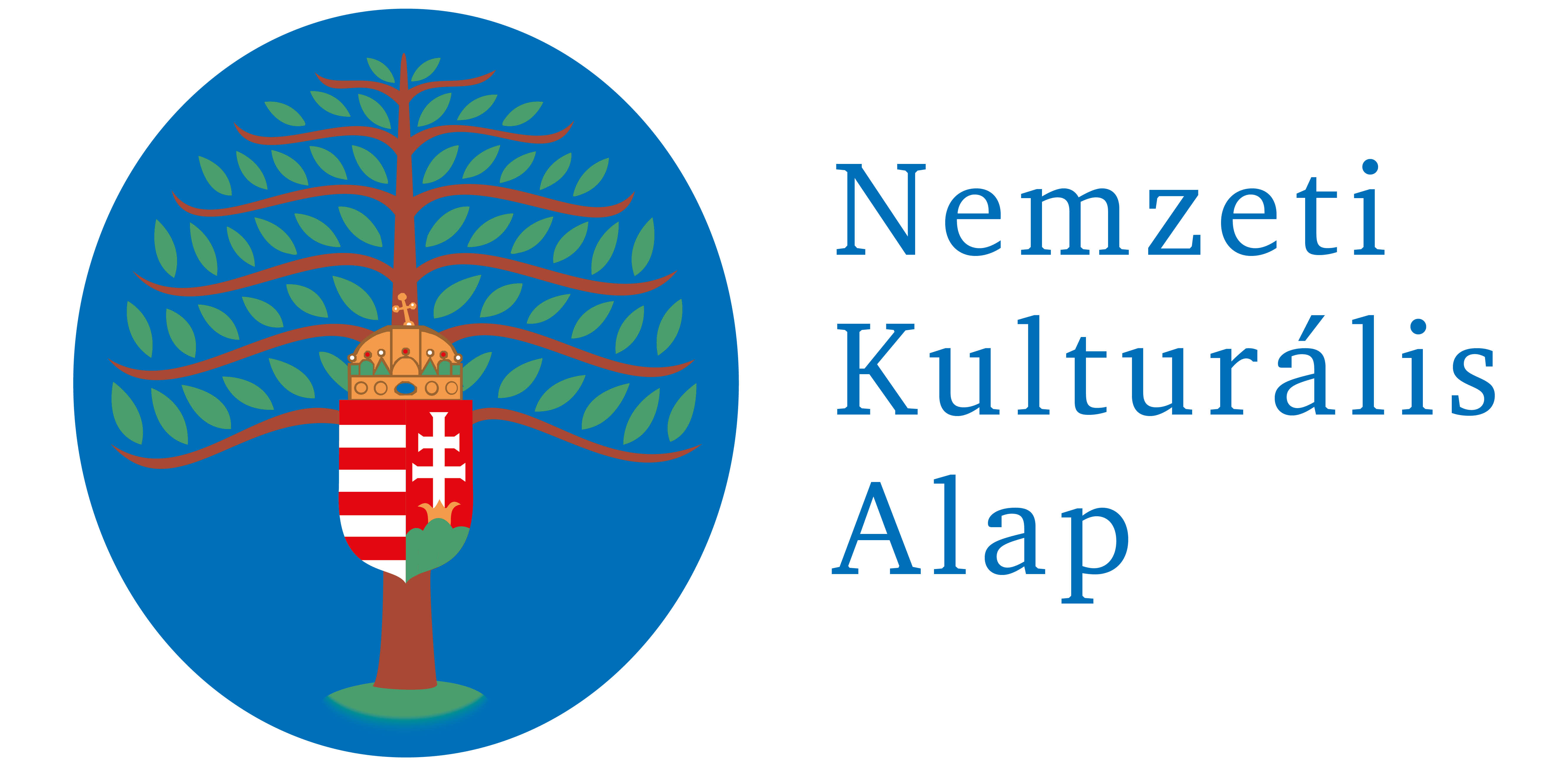Naptár
2024. április 15–19.
2024. április 20.
Eötvös József Kárpát-medencei középiskolai szónokverseny
2024. április 24. – május 3.
Tovább...
3. 2019.
Abstracts in English
Studies
Gósy, Mária – Pregitzer, Márta
An analysis of speech processing of twins
Language development of twins provides a possibility to study the environmental effects on language acquisition. This study focuses on the recognition of nonsense words in a repetition task, discrimination of speech sounds, and sentence and text comprehension. Nearly 400 Hungarian-speaking young children (aged between 5 and 9) participated in the experiments. We compared the correct performance (repetitions, discriminations, answers to comprehension questions) between groups of twins and non-twins. Results indicate that singletons performed better than twins in serial perception and text comprehension while no differences could be found between them in speech sound discrimination and sentence comprehension tests. Findings showed a slight linear development across ages both in twins and non-twins.
Kresztyankó, Annamária
The Language Portfolio as a Methodology of Language Awareness
The aim of the study is to introduce the methodology of the language portfolio, which combines classroom practices of Hungarian language and literature teaching with everyday language practices of students. The theoretical framework used in my research combines sociological and media science/design theory approaches and is based on the socio-cultural linguistics literature (Bucholtz–Hall 2008). My empirical research uses the methodology of the language portfolio which I created and has been supplemented with structured group interviews using the methodological basis of the language portrait (Busch 2012). The language portfolio, following the paradigm of critical sociolinguistics, emphasizes the intersubjective, discursive nature of language and identity, so the study focuses on the language portfolio as a language awareness practice; and then demonstrates the usability of the language portfolio through a classroom research: finally, the study also provides insight into the heteroglossic repertoires of Gypsy adolescents, which have also become "visible" through the language portfolio.
Workshop
Balla, Fanni
The effect of auditory and visual stimuli on text comprehension
This study investigates the effect of the paradigm shift created by the Internet on text comprehension. The investigation aims to answer the question whether there is a difference in the perception of stimuli coming through auditory, visual or audio-visual channels. This study shows and compares the results of participants in grade 6 and grade 8. In research on text comprehension and during development it is usually reading which is investigated. The present study, however, investigates both listening and audiovisual perception. It presents three activity plans that contain classroom exercises to develop various types of text comprehension. These plans use advertisements and thus they help students become conscious media consumers. All these are an important part of today’s first language education.
Mayer, Péter
On the teachability of semantically problematic adverbial parts of a sentence
Hungarian language textbooks examined in this study do not discuss the grammatical category that is presented as constant adverb in earlier publications. The group also called as asemantic arguments is ignored in education. This might be explained by the difficulty of its definition and the high semantic diversity of the relevant phrases. The first part of the study discusses the most important questions of adverbs in first language pedagogy. The second part provides easily implementable, theory-independent exercises with examples. It also gives advice on cases where the detailed introduction of this special type of argument is unavoidable in first language classes. The presented methodological ideas provide help with the analysis of this questionable part of a sentence and also with the foundation of metaphorization.














